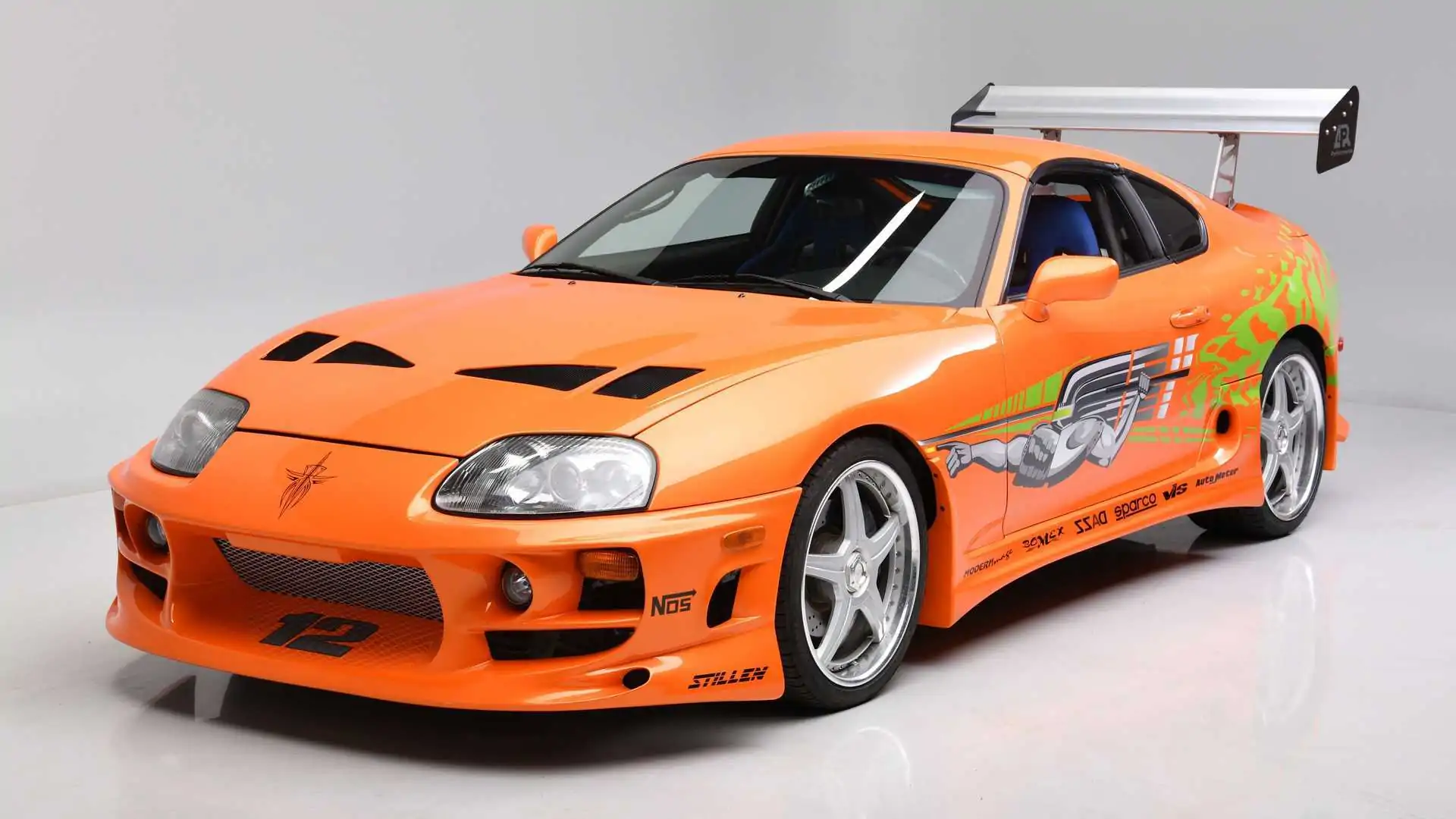Japan’s automotive industry has produced some of the most iconic and influential vehicles in automotive history, fundamentally reshaping how the world views car manufacturing and design.
From humble beginnings in the post-war era, Japanese manufacturers like Toyota, Honda, Nissan, Mazda, and Mitsubishi have evolved into global powerhouses, consistently delivering vehicles that blend reliability, innovation, and performance in ways that often surpass their Western counterparts.
The Japanese approach to automotive excellence has been characterized by meticulous attention to detail, continuous improvement philosophies like kaizen, and an unwavering commitment to quality control.
This dedication has produced legendary vehicles that have not only dominated their respective markets but have also influenced automotive design and engineering worldwide. Cars like the Toyota Corolla, Honda Civic, and Nissan Skyline have become cultural icons, representing different aspects of Japanese automotive mastery.
However, the journey to automotive supremacy hasn’t been without its missteps. Even the most successful manufacturers have occasionally produced vehicles that fell short of expectations, sometimes dramatically so.
These failures, while often learning experiences, have temporarily tarnished reputations and reminded the industry that innovation always carries risks. Understanding both the triumphs and failures of Japanese automotive history provides valuable insight into what makes certain vehicles timeless legends while others become cautionary tales that manufacturers prefer to forget.
5 Legendary Japanese Cars
These exceptionally engineered vehicles feature robust construction and precision-manufactured components that have established Japanese automotive excellence through decades of flawless operation and unmatched reliability standards.
Their thoughtful engineering includes proven powertrains and durable build quality that resist the stress concentrations typically created by global competition, demanding consumers, and the rigorous testing of international markets.
From meticulous assembly processes that ensure perfect fit and finish to conservative engineering that prioritizes longevity over flashy features, these remarkable automobiles continue operating like new without developing the failures that plague competitors.
Owners report decades of trouble-free operation with these dependable machines an often-overlooked foundation that proves its worth through consistent performance and maintained Japanese reputation throughout ownership.
1. Toyota Corolla (1966-Present)
The Toyota Corolla stands as perhaps the most successful car in automotive history, with over 50 million units sold worldwide since its introduction in 1966.
This compact car revolutionized the global automotive landscape by proving that small, fuel-efficient vehicles could be both reliable and desirable. The Corolla’s success stems from Toyota’s philosophy of creating practical, well-built cars that prioritize dependability over flashiness.
When the first-generation Corolla debuted, it featured a 1.1-liter engine and rear-wheel drive configuration, offering Japanese consumers an affordable yet well-engineered alternative to larger, more expensive vehicles.
The car’s name, meaning “small crown” in Latin, perfectly captured Toyota’s vision of creating a premium experience in a compact package. Throughout its evolution, the Corolla has consistently embodied the principles of continuous improvement, with each generation refining the formula rather than revolutionizing it.
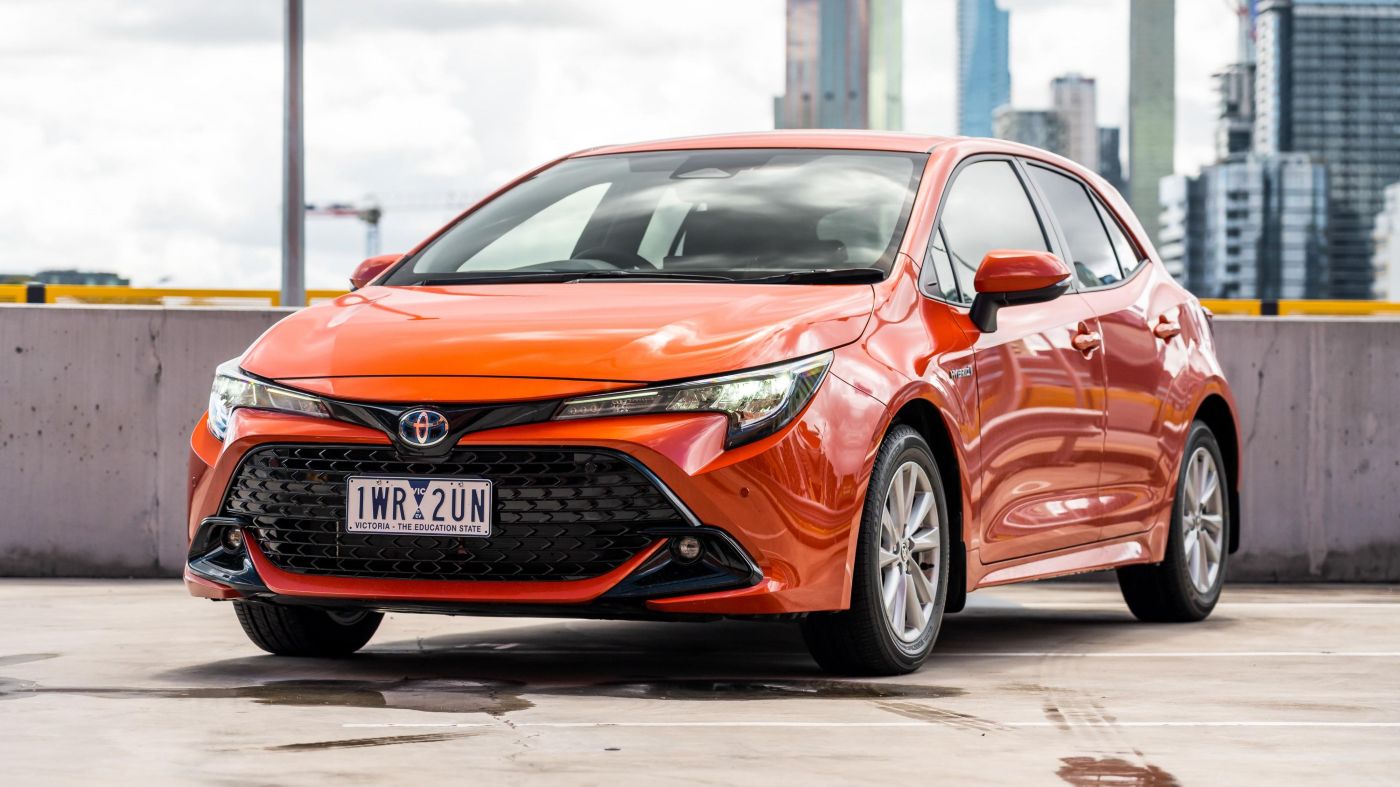
The Corolla’s legendary status is built on its exceptional reliability ratings, consistently ranking among the most dependable vehicles in automotive surveys.
This reputation for longevity has made it a favorite among first-time car buyers, families, and anyone seeking transportation that simply works without drama. The vehicle’s simple, straightforward design philosophy has meant that maintenance costs remain low, and parts availability is excellent worldwide.
Perhaps most importantly, the Corolla democratized car ownership in many developing markets, providing affordable access to personal transportation.
Its impact extends beyond mere sales figures; the Corolla has shaped how entire generations view automotive ownership, proving that a car doesn’t need to be exotic or expensive to be excellent. This fundamental shift in automotive values has influenced countless other manufacturers and continues to define the compact car segment today.
2. Honda Civic (1972-Present)
The Honda Civic emerged during the 1970s oil crisis as a beacon of efficiency and engineering excellence, fundamentally changing American perceptions of Japanese automobiles.
Introduced in 1972, the Civic was Honda’s first truly global car, designed to compete directly with established players in the compact car market. Its innovative CVCC (Compound Vortex Controlled Combustion) engine technology allowed it to meet strict emissions standards without requiring a catalytic converter, showcasing Honda’s engineering prowess.
The Civic’s legendary reputation was built on its exceptional fuel economy, achieving over 40 miles per gallon at a time when American cars struggled to reach half that figure.
This efficiency came not through compromise but through intelligent engineering, with Honda’s designers creating a lightweight, aerodynamically efficient package that maximized every drop of fuel. The car’s responsive handling and precise steering made it enjoyable to drive, proving that economy cars didn’t have to be boring.
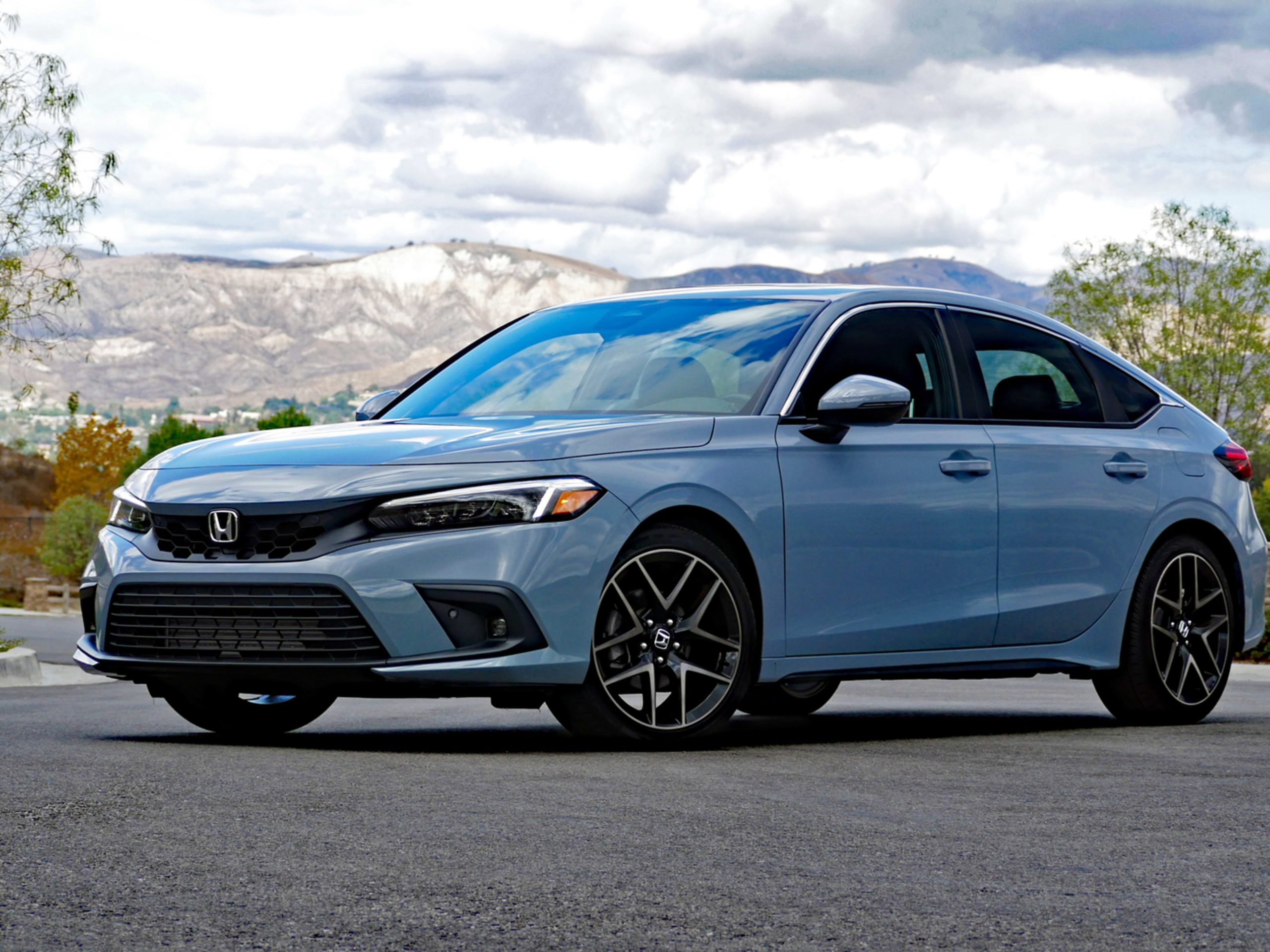
Throughout its evolution, the Civic has consistently pushed boundaries in safety, technology, and performance. The introduction of the Si variant in the 1980s demonstrated that the Civic platform could support serious performance modifications, spawning an entire aftermarket industry and motorsports culture.
The car’s modular design philosophy made it incredibly versatile, serving as the foundation for everything from economy commuters to track-focused race cars.
The Civic’s cultural impact extends far beyond its mechanical achievements. It became the first car for millions of Americans, establishing Honda’s reputation for quality and reliability.
The model’s success helped legitimize Japanese automobiles in the American market, paving the way for other manufacturers to follow. Today, the Civic continues to evolve while maintaining its core values of efficiency, reliability, and engaging driving dynamics, ensuring its legendary status endures.
3. Nissan Skyline GT-R (1969-Present)
The Nissan Skyline GT-R represents the pinnacle of Japanese performance engineering, earning the nickname “Godzilla” for its ability to dominate racetracks and terrify competitors.
First introduced in 1969, the GT-R was designed specifically for motorsports, with Nissan’s engineers creating a high-performance variant of the regular Skyline that could compete with the best sports cars from around the world.
The early GT-R models featured advanced technology for their time, including a sophisticated four-wheel drive system and powerful inline-six engines.
The GT-R’s legendary status was forged through its incredible success in Japanese touring car racing, where it dominated the competition for decades.
The car’s advanced all-wheel drive system, combined with its powerful and responsive engine, allowed it to achieve lap times that seemed impossible for a production car.
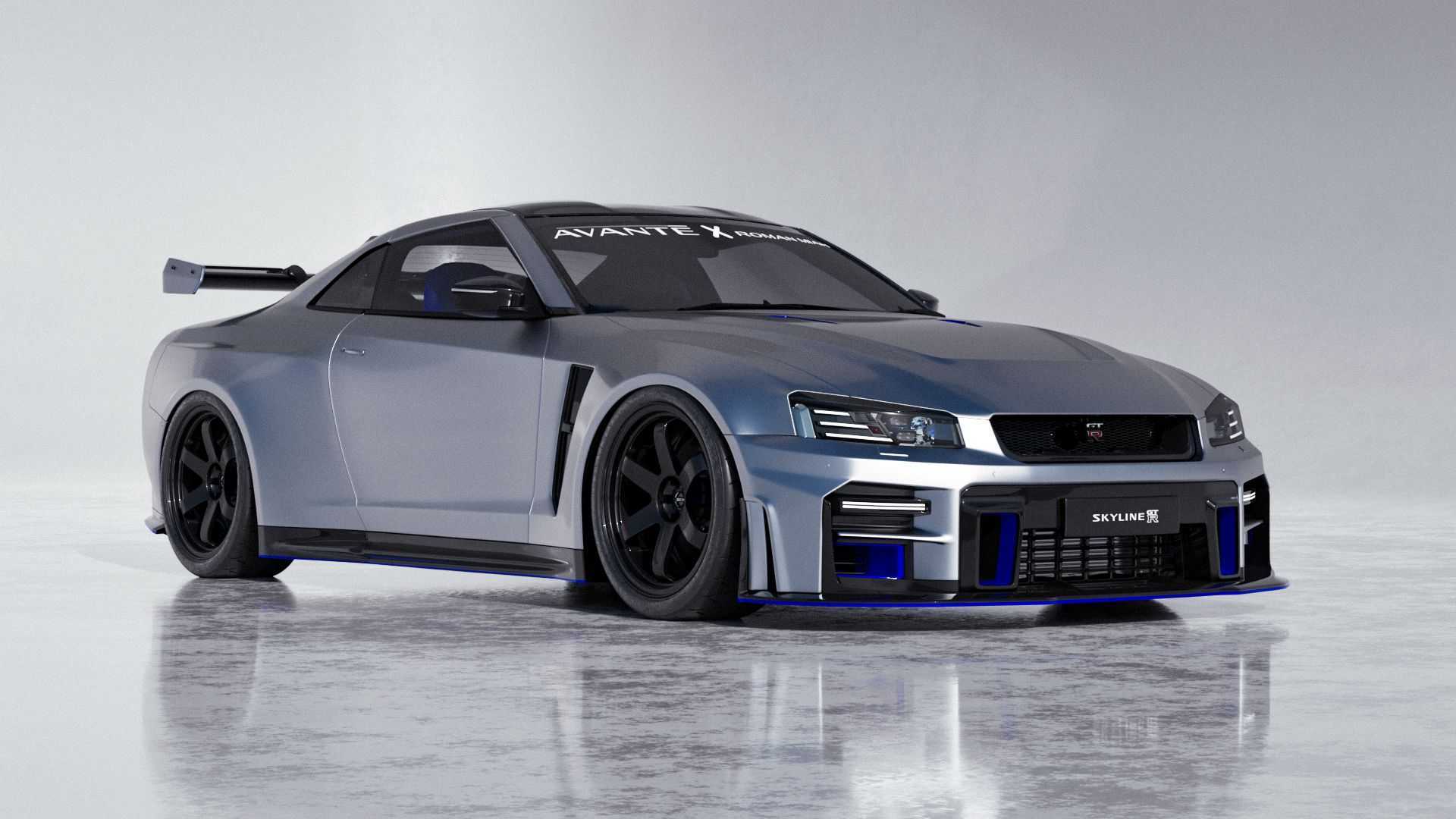
This racing success translated directly to the road, where GT-R owners enjoyed access to genuine race-bred technology in a street-legal package. The R32 generation, introduced in 1989, marked the GT-R’s transformation into a global icon.
Featuring the legendary RB26DETT twin-turbo engine and sophisticated ATTESA all-wheel drive system, this generation dominated not only Japanese racing but also international competitions.
The car’s advanced technology included features like four-wheel steering and sophisticated engine management systems that were years ahead of their time.
The GT-R’s influence on automotive culture cannot be overstated. It helped establish Japan as a legitimate producer of world-class performance cars, challenging the dominance of European sports car manufacturers.
The car’s tuning potential and aftermarket support created an entire subculture of enthusiasts who pushed the boundaries of what was possible with Japanese engineering. Even today, the GT-R continues to evolve, maintaining its position as one of the world’s most capable and technologically advanced performance cars.
4. Mazda RX-7 (1978-2002)
The Mazda RX-7 stands as one of the most unique and beloved sports cars ever produced, built around Mazda’s innovative rotary engine technology.
Introduced in 1978, the RX-7 was designed to showcase the potential of the Wankel rotary engine, which offered a completely different approach to automotive propulsion compared to traditional piston engines.
The rotary engine’s smooth operation, high-revving nature, and compact size allowed Mazda to create a sports car with perfect 50/50 weight distribution and an incredibly low center of gravity.
The first-generation RX-7 immediately established itself as a serious alternative to traditional sports cars, offering performance that rivaled much more expensive European competitors.
The car’s lightweight construction, combined with the rotary engine’s unique power delivery characteristics, created a driving experience that was both thrilling and accessible.
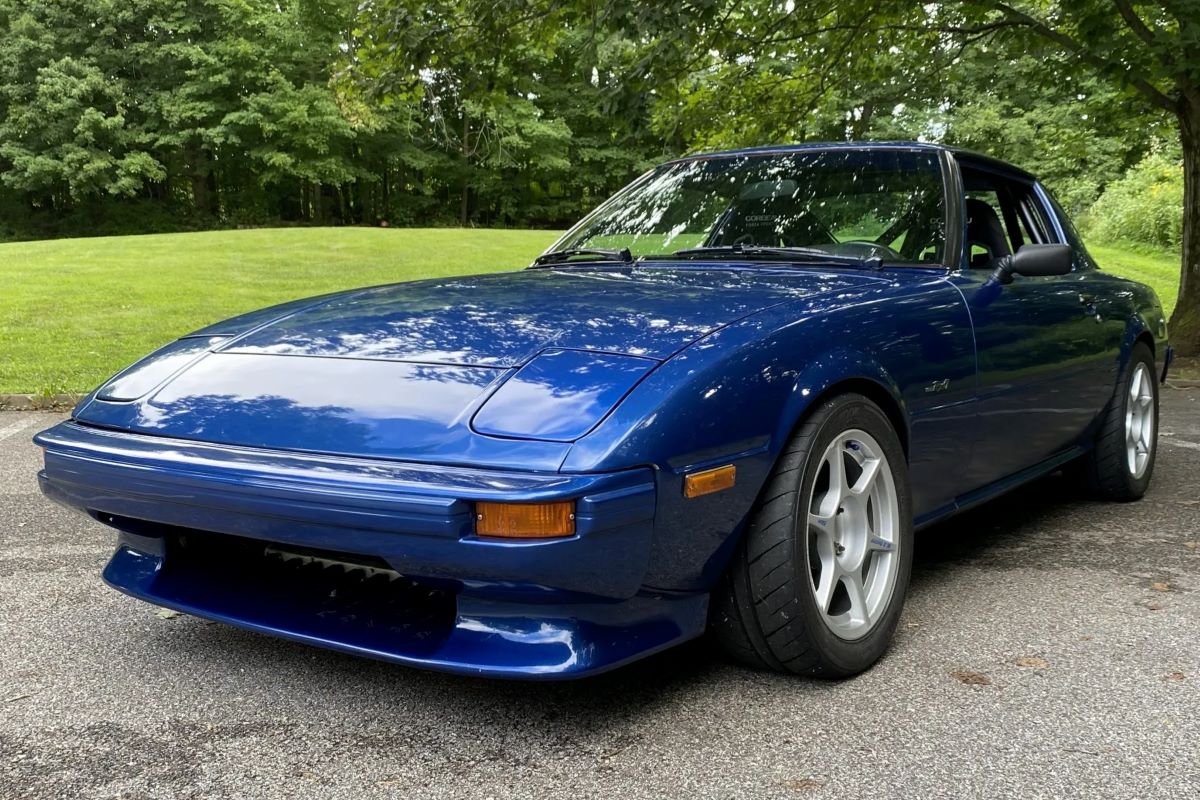
The RX-7’s success helped establish Mazda as a serious player in the sports car market and demonstrated that innovative engineering could create compelling alternatives to conventional solutions.
The second and third generations of the RX-7 continued to refine the rotary formula, with the final FC and FD generations becoming increasingly sophisticated and powerful.
The FD generation, in particular, featured stunning design work by Tom Matano and advanced technology like sequential turbocharging that pushed the rotary engine to new levels of performance. These later models achieved supercar-level performance while maintaining the unique character that made the RX-7 special.
The RX-7’s legendary status comes not just from its performance but from its role in automotive innovation. Mazda’s commitment to rotary engine technology, despite its challenges, demonstrated the importance of pursuing alternative solutions and thinking outside conventional boundaries.
The car’s influence on automotive design and engineering continues today, with many modern sports cars incorporating lessons learned from the RX-7’s development. Its devoted fanbase and strong aftermarket support ensure that the RX-7’s legacy will endure for generations to come.
Also Read: 5 High-Mileage Cars You Can Still Buy Cheap and 5 That Cost a Fortune to Maintain
5. Toyota Supra (1978-Present)
The Toyota Supra evolved from a high-performance variant of the Celica into one of the most iconic sports cars in automotive history, representing Toyota’s commitment to performance and engineering excellence.
Initially introduced as the Celica Supra in 1978, the car established itself as a grand touring vehicle that combined impressive performance with Toyota’s legendary reliability.
The Supra’s development philosophy centered on creating a car that could compete with the best European sports cars while maintaining the dependability that Toyota customers expected.
The fourth-generation Supra, introduced in 1993, transformed the model into a true legend through its combination of the legendary 2JZ-GTE twin-turbo engine and sophisticated chassis engineering.
This generation featured advanced technology, including a rear-mounted transmission for optimal weight distribution, sophisticated suspension systems, and aerodynamic bodywork that was both functional and beautiful.
The 2JZ engine, in particular, became renowned for its incredible strength and tuning potential, capable of handling massive power increases with relatively simple modifications.
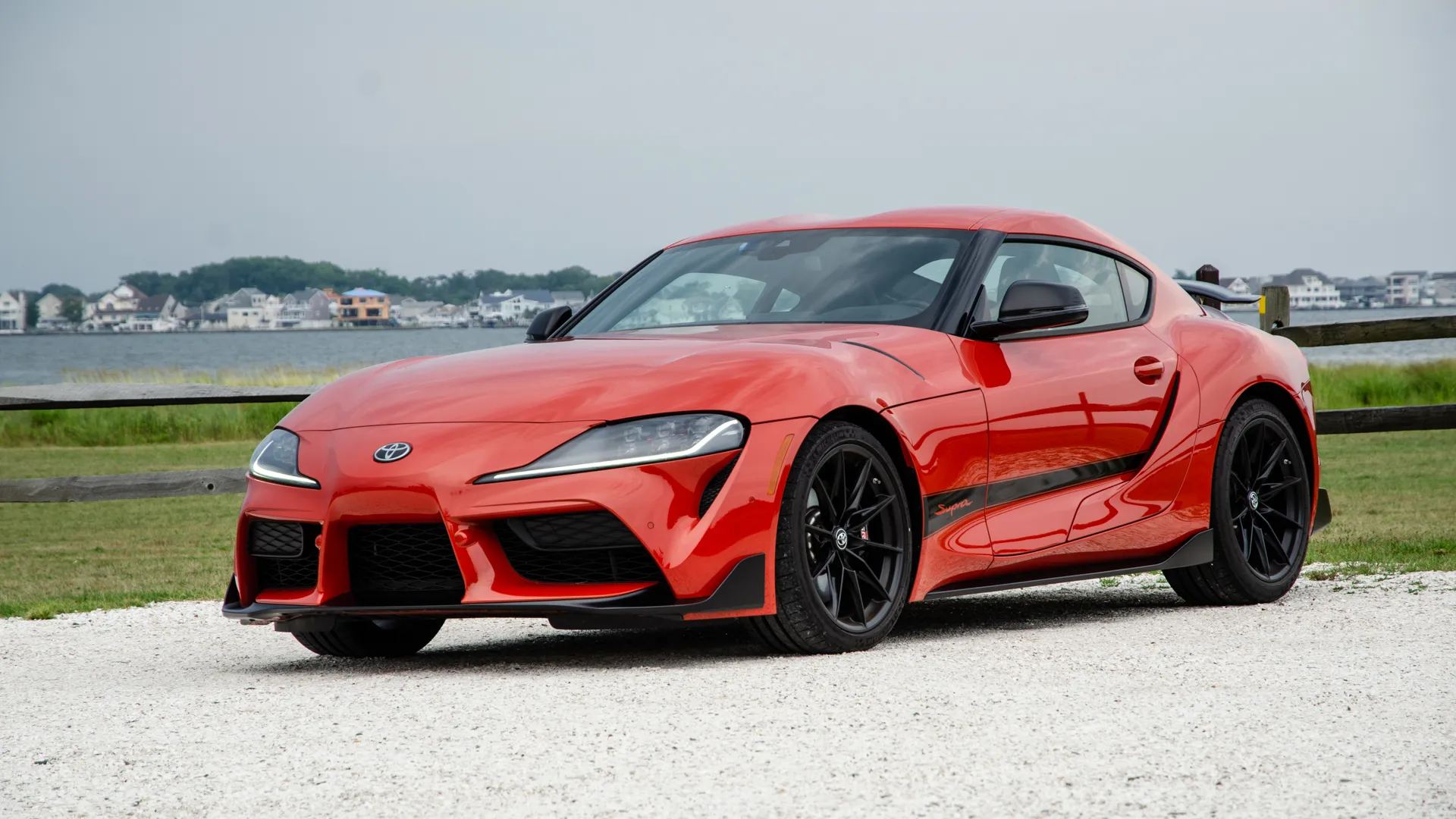
The Supra’s legendary status was cemented through its performance capabilities and cultural impact. The car’s appearance in popular media, particularly the “Fast and Furious” franchise, introduced it to a new generation of enthusiasts and helped establish it as a pop culture icon.
The Supra’s combination of impressive straight-line performance, capable handling, and stunning design made it a dream car for many enthusiasts, while its Toyota reliability meant that owners could enjoy driving their dream car regularly.
The Supra’s influence on automotive culture extends far beyond its production numbers. The car helped establish Toyota as a legitimate performance car manufacturer and demonstrated that Japanese companies could create vehicles that competed directly with European supercars.
The recent revival of the Supra nameplate, developed in collaboration with BMW, shows the enduring appeal of the brand and the continued relevance of the original car’s philosophy. The Supra’s combination of performance, reliability, and cultural significance ensures its place among the most legendary Japanese cars ever produced.
5 Cars That Hurt the Reputation
These problematic vehicles demonstrate recurring failures that caused embarrassing breakdowns and expensive recalls, creating damaging scenarios that tarnished Japanese automotive credibility during critical market periods.
Their compromised engineering includes flawed designs prone to catastrophic failure, creating ongoing reliability disasters that generated devastating warranty claims and customer dissatisfaction.
From transmission problems that required expensive recalls to electrical issues that caused safety concerns, these unreliable vehicles generated extensive negative documentation and damaged brand trust.
Consumers frequently reported complete system failures with these reputation-damaging machines, a reflection of rushed development that prioritized market deadlines over traditional Japanese quality standards and rigorous testing throughout the development process.
1. Mitsubishi Mirage (1978-Present, Various Generations)
The Mitsubishi Mirage, particularly in its most recent incarnation from 2012 onwards, represents a significant departure from the company’s performance-oriented heritage and has become synonymous with cost-cutting at the expense of quality and refinement.
While earlier generations of the Mirage were competent compact cars that offered reasonable value, the modern iteration has been widely criticized for its cheap interior materials, uninspiring performance, and overall lack of sophistication that falls well short of contemporary standards.
The current Mirage’s problems begin with its three-cylinder engine, which struggles to provide adequate power for highway driving while generating excessive noise and vibration.
The car’s lightweight construction, while beneficial for fuel economy, has resulted in a vehicle that feels insubstantial and unsafe, with poor crash test ratings that have raised serious concerns about occupant protection.
The interior features hard plastics throughout, with a cheap feel that rivals cars from decades earlier, creating an ownership experience that feels more like a penalty than a practical transportation solution.
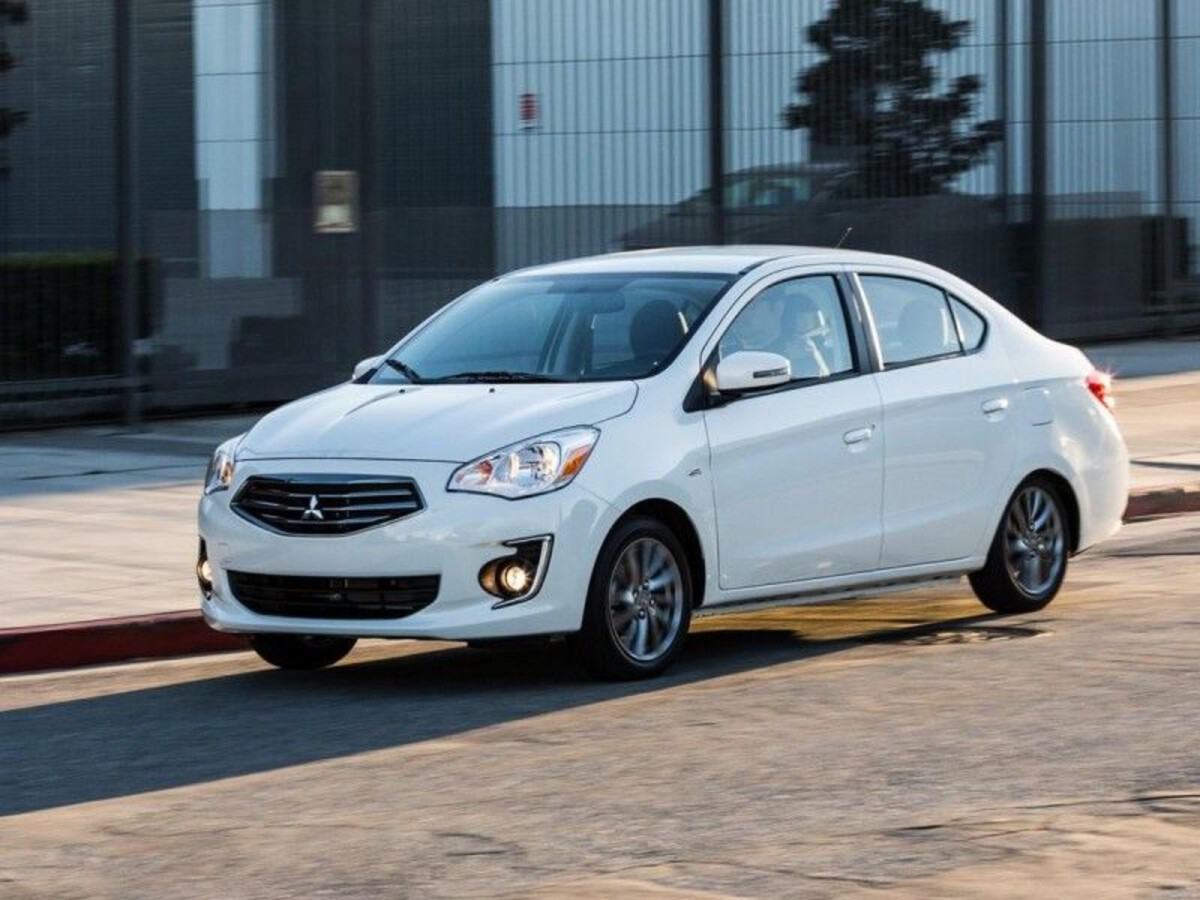
Perhaps most damaging to Mitsubishi’s reputation has been the Mirage’s poor reliability record, with numerous reports of premature failures and quality control issues that contradict the traditional Japanese reputation for durability.
The car’s continuously variable transmission has been particularly problematic, with many owners experiencing premature failures that require expensive repairs. These reliability issues have undermined consumer confidence in the Mitsubishi brand and raised questions about the company’s commitment to quality.
The Mirage’s negative impact extends beyond individual consumer experiences to affect perceptions of Japanese automotive quality more broadly.
When consumers encounter a poorly built Japanese car, it challenges their assumptions about Japanese manufacturing excellence and can influence their purchasing decisions for years to come.
The Mirage’s continued production despite widespread criticism suggests that Mitsubishi has prioritized short-term cost savings over long-term brand reputation, a strategy that has proven counterproductive in maintaining customer loyalty and market position.
2. Acura ZDX (2009-2013)
The Acura ZDX represented a bold but ultimately misguided attempt to create a luxury crossover that combined coupe-like styling with SUV functionality, resulting in a vehicle that failed to excel in any particular area while compromising the practical benefits that crossover buyers typically seek.
Honda’s luxury division invested heavily in the ZDX’s development, believing that consumers would embrace a more stylish alternative to traditional luxury SUVs, but the execution fell short of expectations in multiple critical areas.
The ZDX’s most significant problem was its compromised rear visibility, caused by the dramatically sloped roofline that created massive blind spots and made parking and maneuvering unnecessarily difficult.
The car’s interior space was severely compromised by the styling, with rear passengers suffering from limited headroom and cargo capacity that was far below what buyers expected from a vehicle of this size. These practical compromises made the ZDX unsuitable for many of the tasks that crossover buyers typically needed to accomplish.
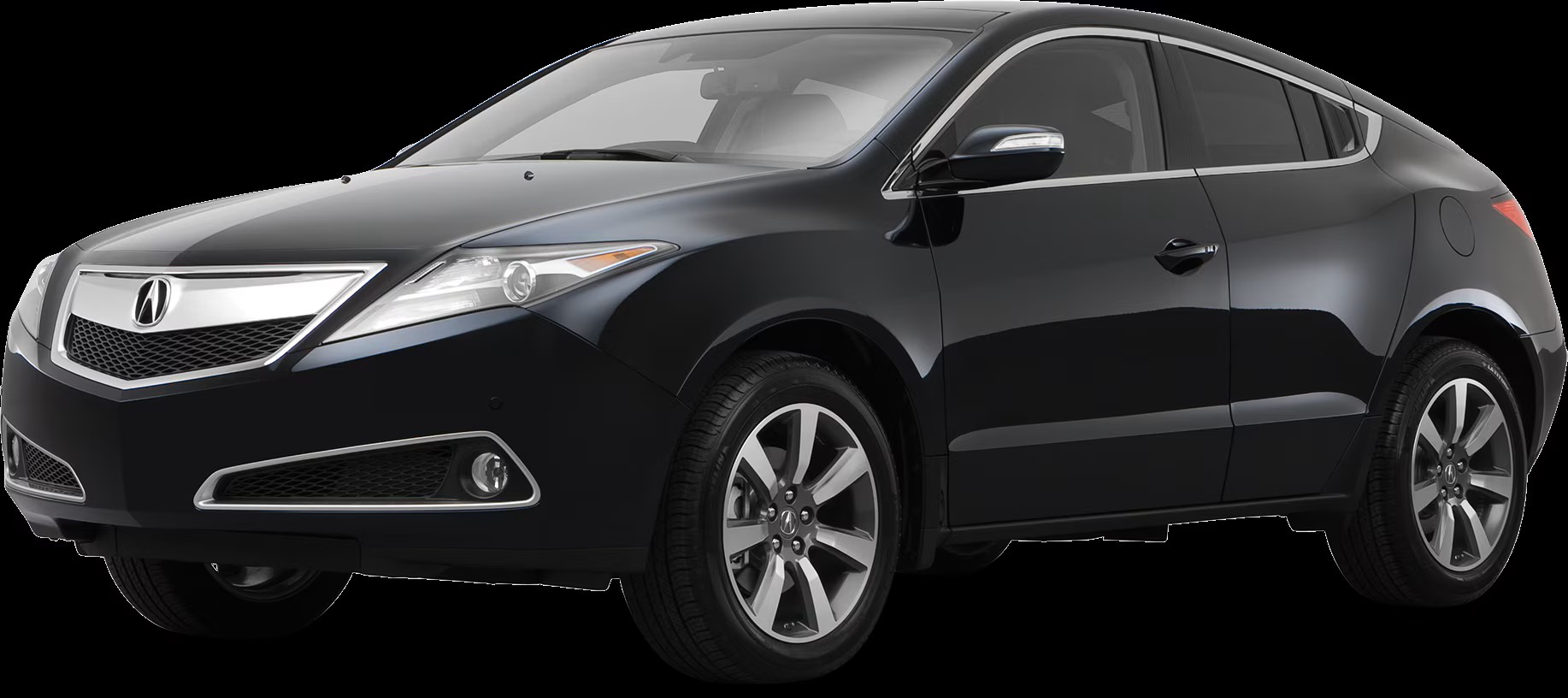
The vehicle’s performance was another area where the ZDX disappointed, with the 3.7-liter V6 engine providing adequate but uninspiring acceleration while returning poor fuel economy for a modern vehicle.
The car’s handling characteristics were neither sporty enough to justify the coupe-like styling nor comfortable enough for luxury buyers who prioritized ride quality. The ZDX’s pricing positioned it against established luxury SUVs that offered superior space, performance, and refinement, making it difficult to justify the purchase.
The ZDX’s commercial failure damaged Acura’s reputation for understanding consumer needs and creating vehicles that successfully combined luxury with practicality.
The car’s poor sales performance and negative reviews reinforced perceptions that Acura had lost its way in the luxury market and was struggling to differentiate itself from the Honda brand. The ZDX’s failure contributed to a broader crisis of confidence in Acura’s product planning and design capabilities that took years to overcome.
3. Suzuki X-90 (1995-1997)
The Suzuki X-90 stands as one of the most misguided automotive experiments of the 1990s, representing a failed attempt to create a niche vehicle that combined SUV capability with sports car styling in a package that satisfied neither market segment.
Based on the Suzuki Sidekick platform, the X-90 featured a removable T-top roof and coupe-like proportions that were intended to appeal to younger buyers seeking something different from traditional SUVs, but the execution resulted in a vehicle that was both impractical and compromised.
The X-90’s fundamental problem was its inability to function effectively as either a sports car or an SUV. The vehicle’s high center of gravity and truck-based suspension made it unsuitable for spirited driving, while its limited cargo space and two-seat configuration eliminated most of the utility that SUV buyers expected.
The car’s underpowered 1.6-liter four-cylinder engine provided adequate performance for city driving but struggled with highway acceleration, particularly when equipped with the automatic transmission that most buyers preferred.
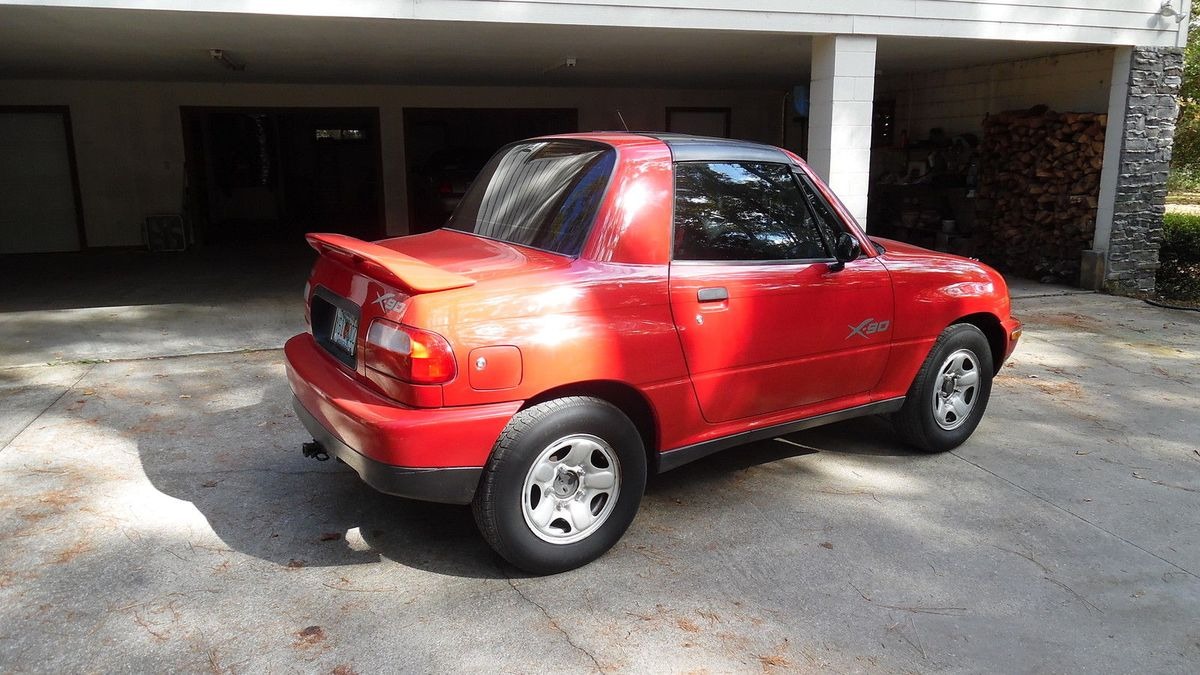
The vehicle’s build quality and refinement levels were well below contemporary standards, with a cheap interior that featured hard plastics and poor fit and finish throughout.
The X-90’s ride quality was harsh and uncomfortable, with excessive noise and vibration that made longer trips unpleasant. The car’s unusual styling, while distinctive, failed to attract significant consumer interest and instead created a vehicle that looked awkward and disproportionate compared to more conventional alternatives.
The X-90’s commercial failure had lasting consequences for Suzuki’s reputation in the American market, reinforcing perceptions that the brand was out of touch with consumer preferences and unable to create vehicles that successfully competed with established players.
The car’s poor sales performance and negative reviews contributed to Suzuki’s declining market position and eventual withdrawal from the American automotive market. The X-90’s failure demonstrated the risks of creating niche vehicles without adequate market research and consumer validation.
4. Infiniti QX56 (2004-2013)
The Infiniti QX56 represented Nissan’s luxury division’s attempt to compete in the full-size luxury SUV market, but the vehicle’s execution fell short of expectations in multiple critical areas, creating a product that failed to match the refinement and capability of its primary competitors.
Based on the Nissan Armada platform, the QX56 was intended to offer a more luxurious alternative to the Cadillac Escalade and Lincoln Navigator, but cost-cutting measures and poor execution resulted in a vehicle that felt more like a dressed-up truck than a genuine luxury SUV.
The QX56’s most significant problem was its poor fuel economy, with the 5.6-liter V8 engine returning single-digit mileage in city driving while providing performance that was adequate but not exceptional.
The vehicle’s transmission programming was poorly calibrated, resulting in harsh shifts and hesitation that detracted from the luxury experience. The QX56’s handling characteristics were truck-like, with excessive body roll and poor steering feel that made the vehicle feel cumbersome and unsafe in emergency maneuvers.
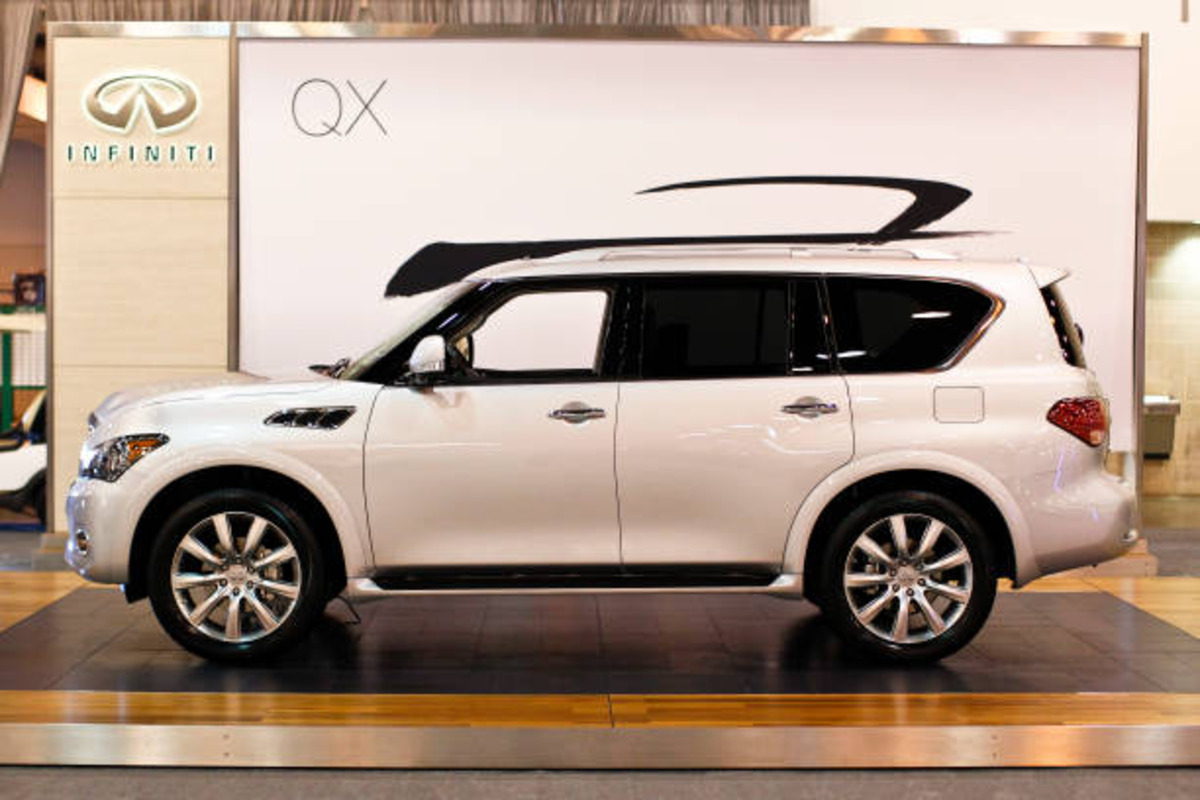
The interior quality was another area where the QX56 disappointed, with cheap-feeling materials and poor fit and finish that fell well short of luxury standards.
The vehicle’s infotainment system was poorly designed and difficult to use, with a confusing interface that frustrated owners and contributed to poor customer satisfaction ratings. The QX56’s third-row seating was cramped and uncomfortable, making it unsuitable for adult passengers on longer trips.
The QX56’s reliability record was problematic, with numerous reports of premature failures and quality control issues that damaged Infiniti’s reputation for dependability.
The vehicle’s complex all-wheel drive system proved particularly troublesome, with many owners experiencing expensive repairs that were not covered under warranty. These reliability problems, combined with the QX56’s other shortcomings, contributed to poor resale values and customer satisfaction ratings that damaged Infiniti’s reputation in the luxury SUV market.
5. Mazda Navajo (1990-1994)
The Mazda Navajo represents one of the most cynical badge-engineering exercises in automotive history, demonstrating how rebadging can damage a manufacturer’s reputation when executed without regard for brand identity or customer expectations.
Essentially a Ford Explorer with Mazda badges, the Navajo was created as part of a partnership agreement between Ford and Mazda, but the vehicle’s execution and marketing failed to provide any meaningful differentiation from its Ford counterpart while diluting Mazda’s brand identity.
The Navajo’s fundamental problem was its complete lack of Mazda character or engineering input, making it impossible for the company to leverage its reputation for innovative design and engaging driving dynamics.
The vehicle featured Ford’s 4.0-liter V6 engine and transmission, Ford’s interior components, and Ford’s chassis tuning, resulting in a product that offered none of the qualities that typically attracted buyers to Mazda vehicles. The only differences were minor cosmetic changes and Mazda badging, creating a vehicle that felt like a Ford wearing a Mazda costume.
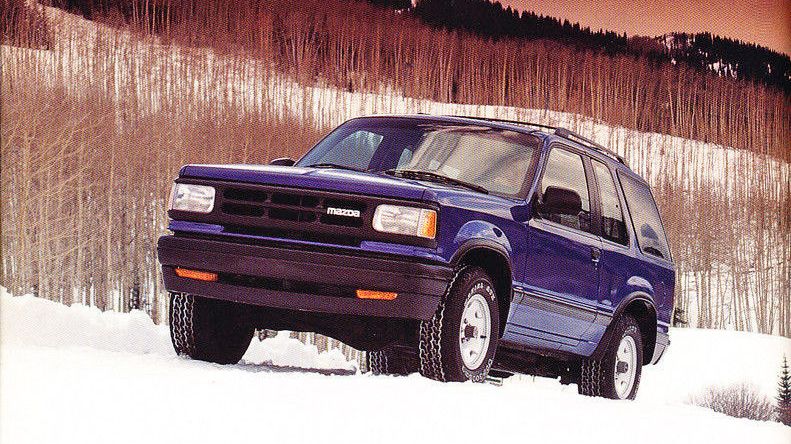
The vehicle’s poor integration into Mazda’s dealer network created additional problems, with many Mazda dealers lacking the expertise and parts support necessary to properly service the Ford-based SUV.
This resulted in customer service issues that frustrated owners and damaged Mazda’s reputation for dealer support and customer care. The Navajo’s reliability record was also problematic, with many of the same issues that plagued the Ford Explorer, but with less extensive dealer support and parts availability.
The Navajo’s commercial failure and negative reception damaged Mazda’s reputation for authenticity and engineering integrity, reinforcing perceptions that the company was willing to compromise its brand identity for short-term market share gains.
The vehicle’s poor sales performance and customer satisfaction ratings contributed to Mazda’s decision to focus on developing its SUV products rather than relying on badge-engineered alternatives.
The Navajo’s failure served as a cautionary tale about the risks of badge-engineering and the importance of maintaining brand consistency and customer expectations.
Also Read: 5 Engines That Stay Clean Inside and 5 That Sludge Up Quickly

